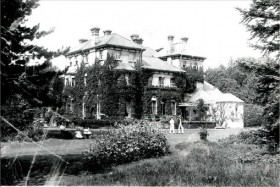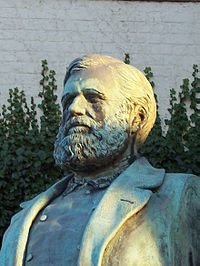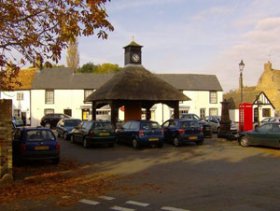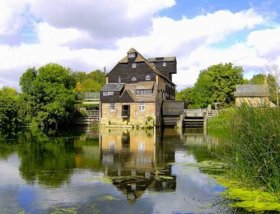
For sales contact:
Kevin Thomas
01480 468066
Enquiries@Tm-Stives.Co.Uk
For lettings contact:
Maxine Lester
01480 494 939
Maxine@Maxinelester.Co.Uk
History
The Elms
The Mansion House at The Elms is a Victorian villa built in 1868 by local entrepreneur Potto Brown, in the Florentine Renaissance revival style.
Potto Brown ran the local Houghton Mill, amongst other family business interests and built a local school and chapel in the village. A statue of Potto Brown stands in Houghton village green.
Potto Brown built the house for his son George W. Brown who also became a notable member of the community. The clock shelter on the village green was erected in 1902 in memory of George.
In 1932 The Elms was occupied as a residence by James Fraser but later in the 20th century it was used as offices by a healthcare research company who built laboratories in the grounds.
In 2005 Broadway Heritage Plc acquired The Elms through one of its development arms Sequoia Lodge Ltd and by 2008 Sequoia Lodge had converted the Mansion in to seven apartments, demolished the laboratories and constructed four villas in the grounds providing a further 14 apartments.
The Elms was officially opened by Dame Norma Major on 6th June 2008.
In 2012 Sequoia Lodge Ltd was acquired from Broadway by Galzig Capital LLP.
Origins of Houghton
The name Houghton was first recorded in the Anglo-Saxon period meaning ‘Farm at the foot of the hoh ‘ with the hoh being the hill spur (Mawer and Stenton 1969).
Archealogical digs at Houghton and adjoining Wyton have revealed artifacts dating back to the Stone Age. Excavations during the 1930s discovered evidence of well-established Iron Age and Roman settlemnt.
In AD 990 the Bishop of Ramsey Abbey took ownership of the villages of Houghton and Wyton. In 1001 the bishop renamed the neighbouring village of Slepe to St Ives after a local farmer discovered the remains of a Persian Bishop, St Ivo. In reality the remains were probably that of a roman farmer.
The Ouse provided a powerful transport route and St Ives became the fourth largest international market town in England by 1110. Houghton and Wyton grew benefitting from the wealth generated by St Ives and the water mill in Houghton which was given by Earl Ailwin to Ramsey Abbey at its foundation in 969. Houghton Mill (rebuilt in 18th century) still operates as a working water mill today.


